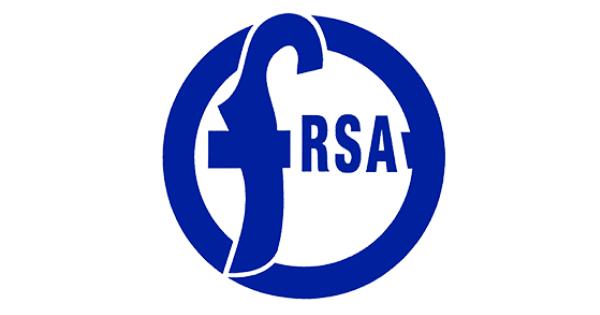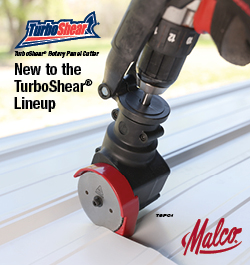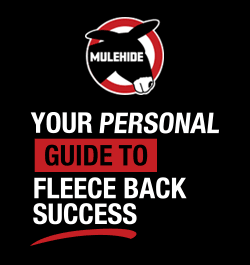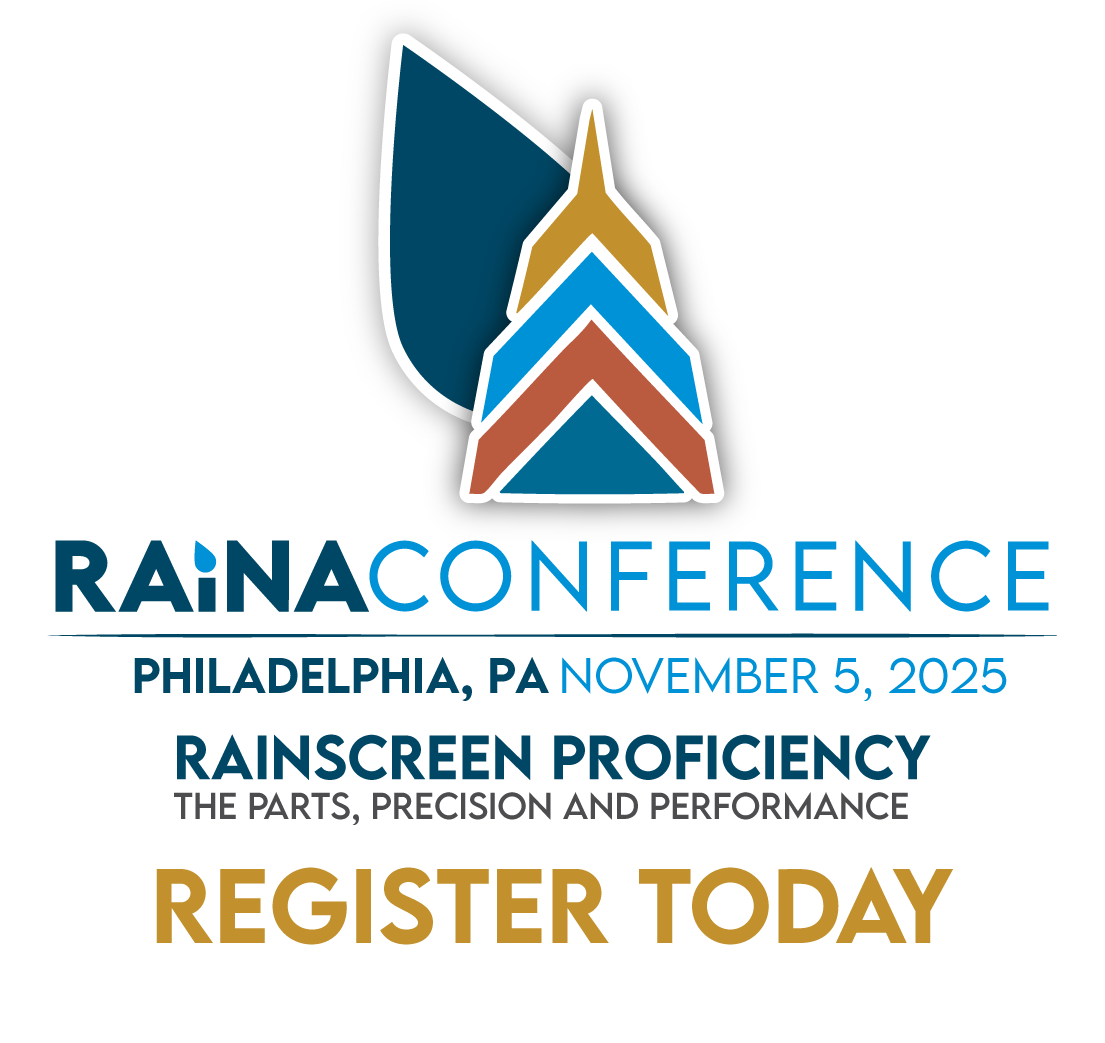Breaking Down ASCE 7-16: Zones and Uplift Pressures

By Mike Silvers for Florida Roofing and Sheet Metal Contractors Association (FRSA).
Does ASCE 7-16 really change everything? Here is what you need to know about demonstrating compliance.
It is the buzz throughout Florida between roofers: ASCE 7-16. The 2020 Florida Building Code (FBC) 7th edition update has created a lot of confusion from contractors to building officials – shaking things up to say the least. The American Society of Civil Engineers Structural Engineering Institute (ASCE/SEI) establishes the ASCE 7 standard, which provides, among other things, the information to calculate the uplift or negative pressures for components and cladding. The following article details methods to establish the location and size of zones and the applicable uplift pressures now required to be resisted in up to six different zones. All roof coverings, other than asphalt shingles or metal shingles, need to resist these pressures.
Assuming that you know the pressures that the roof covering needs to resist, how do you find the right system to use and how to attach it? There are several different approaches to get the needed information. I will cover a few here.
As contractors, one of our best sources of information are our manufacturer’s representatives. Many will not only help with attachment methods to achieve the needed resistance but can also help with plotting the zones and establishing the pressures for your projects. If you are lucky enough to have this resource available, you will still need an understanding of the basic information needed to produce the results you are looking for. This is covered in the December 2020 Florida Roofing magazine article “Does ASCE 7-16 Really Change Everything?” If the manufacturer of the roof covering you’ve chosen doesn’t offer this service or provide accessible information, it will be up to you to find it or find someone who does offer it.
The FBC calls for many products to have some type of product approval. Roofing in particular has many products where this is needed. Product approvals can be local or statewide. A product approval is not the only way one can demonstrate compliance with the code, it is simply the easiest and most recognized way to do so. The following are excerpts from the applicable rule and a tutorial produced by Florida Building Commission staff.
CHAPTER 61G20-3 PRODUCT APPROVAL
61G20-3.001 Scope
(1) Products in the following categories as defined by subcategories of subsection 61G20-3.002(33), F.A.C., shall be available for approval by the Commission pursuant to Rule 61G20-3.007, F.A.C., for use in the state:
(a) Panel Walls;
(b) Exterior Doors;
(c) Roofing Products;
(d) Skylights;
(e) Windows;
(f) Shutters;
(g) Structural Components;
(h) Impact Protective Systems.
(2) This rule applies to approval of products and systems, which comprise the building envelope and structural frame, for compliance with the structural requirements of the Florida Building Code.
61G20-3.002 Definitions
(33) Subcategory of product or construction system means a specific functionality:
(d) For roofing products: built up roofing, modified bitumen roof system, single ply roof systems, spray applied polyurethane roof system, roofing fasteners, roofing insulation, asphalt shingles, wood shingles and shakes, roofing slate, roof tile adhesives, cements-adhesives-coatings, liquid applied roof systems, underlayments, metal roofing, roofing tiles, waterproofing, roofing accessories that are an integral part of the roofing system and products introduced as a result of new technology;
(f) For skylights: skylight, and products introduced as a result of new technology;
State Product Approval Rule 61G20-3 F.A.C.
Local Product Approval – compliance
1 - A certification mark, listing, or label from a commission-approved certification agency indicating that the product complies with the Code.
2 - A test report from a commission-approved testing lab indicating that the product tested complies with the Code.
3 - A product-evaluation report from a commission approved product evaluation entity indicating that the product complies with the Code.
4 - A product-evaluation report from a Florida Professional Engineer or Florida registered Architect indicating that the product complies with the Code.
Statewide product approval issued by the Florida Building Commission Methods for State Approval
Method Approving Authority
|
Certification Method |
DBPR |
|
Evaluation Report from an Evaluation Entity The National Evaluation Service (NES/ICC) Miami-Dade The International Association of Plumbing and Mechanical Officials Evaluation Service (IAPMO) UL LLC Intertek |
DBPR |
|
Evaluation Report from a Florida licensed Architect or a Florida Professional Engineer |
Florida Building Commission |
|
Test Report |
Florida Building Commission |
For statewide product approvals, you can access the FBC Building Code Information System (BCIS) Product Approval portal at: https://floridabuilding.org/ pr/pr_default.aspx.
Here you can locate the product approvals for systems that need them. If the product needs to resist pressures, they should (but often don’t) indicate on their product approval the attachment method used for testing and the pressure they have demonstrated they can resist. Any pressures shown have already accounted for the safety factor of two. As long as the listed resistance exceeds the pressure for your project, you are good. The simplest way to adjust for the increased pressures in higher pressure zones is to look for an attachment method that meets the Zone 1 pressure. From there you can extrapolate* to the increased resistance (attachment) needed for those zones. A simple way to explain this is if Zone 1 needs -100 (minus 100) psf of resistance and Zone 3 needs -150 (minus 150) psf of resistance, then you would need to add 50 percent more fasteners or adhesive. A rationale for their placement should be used and/ or confirmed. For some systems and in some jurisdictions, extrapolation may not work and you will need to find an actual test result with the higher pressure in each zone. A few hints on using the BCIS site: many manufacturers have several different variations of their names depending on who entered the data, so check carefully. Some older approvals may show up, confirm that you have the most recent version. While searching for a current FBC product approval you may see an indication that it is “Pending;” this is especially true during the implementation of an updated code. It is widely accepted that if the approval is a renewal that it should be acceptable to use.
Below are some sample product approvals that show the resistance pressures.
NEMO ETC, LLC. Evaluation Report P12060.02.09-R28 Certificate of Authorization #32455
7TH EDITION (2020) FBC NON-HVHZ EVALUATION FL5259-R32 (NON-HVHZ)
Polyglass Roof Underlayments Revision 28: 12/21/2020
#12 Maximum Design Pressure = -45 psf*:
Deck: Min. 19/32-inch plywood to meet project requirements to satisfaction of Authority Having Jurisdiction.
Base Sheet: One (1) layer ASTM D226, Type II felt
Fasteners: 11 ga. x 1.25-inch x 3/8-inch head diameter annular ring shank roofing nails at 1-5/8-inch diameter tin caps
Spacing: 4-inch o.c. at the 2-inch-wide side laps and 4-inch o.c. at two (2) equally spaced staggered center rows.
Base Ply: (Optional; for use with self-adhering underlayment only) Polystick MTS Plus, self-adhered.
Underlayment: Mule-Hide SA-APP Cap Sheet, MuleHide SA-APP Cap Sheet (FR), Polyflex SA P, Polyflex SA P FR, Polystick TU Max, Polystick TU P or Polystick TU Plus, self-adhered.
#38 Maximum Design Pressure = -97.5 psf:
Deck: Min. 19/32-inch plywood to meet project requirements to satisfaction of Authority Having Jurisdiction.
Base Sheet: Elastobase or Mule-Hide Nail Base (poly-film top surface)
Fasteners: 11 ga. x 1.25-inch x 3/8-inch head diameter annular ring shank roofing nails at 1-5/8-inch diameter tin caps
Spacing: 4-inch o.c. at the 4-inch-wide side laps and 4-inch o.c. at four (4) equally spaced staggered center rows.
Base Ply: (Optional) Polystick MTS Plus, self-adhered.
Underlayment: Mule-Hide SA-APP Cap Sheet, MuleHide SA-APP Cap Sheet (FR), Polyflex SA P, Polyflex SA P FR, Polystick TU Max, Polystick TU P or Polystick TU Plus, self-adhered.
Miami-Dade has its own product approval system for use in the High Velocity Hurricane Zone (HVHZ), which includes Miami-Dade that can be accessed at: http://www.miamidade.gov/building/product-approval.asp.
Products that are accepted receive a Notice of Acceptance (NOA). An NOA is usually accepted by most jurisdictions to demonstrate product approval. The test data information used for an NOA may also be used for a Florida product approval and vice-versa. Remember, when using an NOA that all Roofing Application Standards (RAS) referenced in the NOA must be followed. This is also applicable when using a RAS that is referenced in code sections for outside the HVHZ.
There are other recognized sources of information on the uplift resistance values of roof systems. Factory Mutual (FM) www.roofnav.com and FRSA-TRI 6th Edition Florida High Wind Concrete and Clay Tile Installation Manual are two more.
Unfortunately, statements such as “This Evaluation Report does not include evaluation of wind resistance or fire classification” are far too common in some manufacturers’ product approvals. If Florida’s product approval system doesn’t include wind resistance information, what good is it? If you are using a particular product that doesn’t offer this information, then press the manufacturers to provide it. Contractors should demand better information. A recent review of insulation products fastening patterns was for a Risk Category 1 structure only, which would be great if you were insulating a pole barn. No resistance to uplift pressures was provided. We need to demand better information if we are expected to comply with these requirements. Kudos to those who keep it simple and provide this information in an easily attainable and user-friendly format.
Establishing the proper roof zone size, locations and the pressures for each of them and finding products to resist those pressures is critical for proper roof performance during high wind events. It is clearly complicated, but the roofing industry has to find ways to meet these requirements. I hope this information is helpful.
*Extrapolate (verb) – extend the application of (a method or conclusion, especially one based on statistics) to an unknown situation by assuming that existing trends will continue or similar methods will be applicable.
Learn more about FRSA in their RoofersCoffeeShop® Directory or visit www.floridaroof.com
Original article source: FRSA






















Comments
Leave a Reply
Have an account? Login to leave a comment!
Sign In